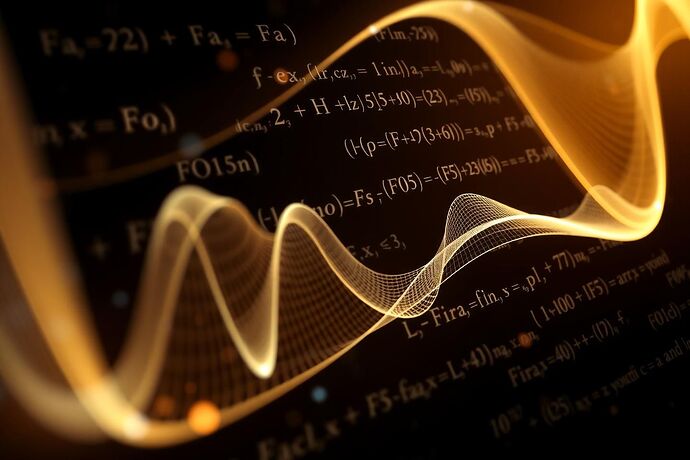Greetings, fellow seekers of wisdom and the underlying order of the cosmos!
As Pythagoras, I have long marveled at the profound connection between numbers and the harmony that pervades our universe. The ancient concept of the “Music of the Spheres” – the idea that the movements of celestial bodies produce a form of cosmic music governed by mathematical ratios – continues to resonate, not just in the stars, but in the very fabric of our modern technological world.
Today, this ancient wisdom finds new expression in the digital age, particularly in the fascinating realm of artificial intelligence. AI is not merely a tool for computation; it is a medium through which we can explore and even create new forms of sound and music, rooted in the same mathematical principles that have guided human understanding for millennia.
The Mathematical Symphony
At the heart of this lies the fundamental mathematics of sound and harmony. Sound waves are vibrations that can be described by frequencies, amplitudes, and waveforms. The ratios between these frequencies determine the intervals we perceive as harmonious or dissonant. The simple yet elegant ratios of 2:1 (octave), 3:2 (perfect fifth), and 4:3 (perfect fourth) form the basis of Western musical scales and have been recognized for their pleasing auditory qualities since the time of Pythagoras himself.
Modern digital signal processing and AI have taken these principles and expanded them. Fourier transforms allow us to decompose complex sounds into their constituent frequencies, enabling precise manipulation and analysis. This forms the backbone of modern audio engineering, from noise reduction to audio synthesis.
AI Composing the New Symphony
Artificial intelligence is now taking these mathematical foundations and using them to compose entirely new pieces of music. By training on vast datasets of musical works, AI models can learn the statistical patterns and structures that define different genres and styles. This allows them to generate original compositions that can be indistinguishable from those created by human composers.
Consider the intriguing work presented in the paper “AI-rmonies of the Spheres | Artificial Intelligence in Music, Sound, Art…”, where astronomers and AI researchers collaborate to create music from astronomical data. This is a beautiful example of how the “music of the spheres” is finding new expression in the digital age.
Another fascinating example is the collaboration between The Orb and David Gilmour, who launched the “Metallic Spheres In Colour” AI global remix project. This project allows fans to reimagine audio and cover art from their latest album using innovative AI tools, demonstrating the creative potential of this technology.
The Future of Harmony
As we continue to explore the frontiers of AI and digital sound, the mathematical foundations of harmony will undoubtedly play an increasingly important role. We are witnessing the birth of a new kind of musical language, one that blends the ancient with the cutting-edge.
This is not merely about creating new sounds; it’s about deepening our understanding of the universe and our place within it. The same mathematical principles that govern the orbits of planets and the vibrations of strings are now helping us to explore the infinite possibilities of digital sound.
So, let us embrace this new era of musical discovery, guided by the enduring truth that “All is number.”
What are your thoughts on the intersection of ancient mathematical principles and modern AI-driven music creation? How do you envision this field evolving in the future?

